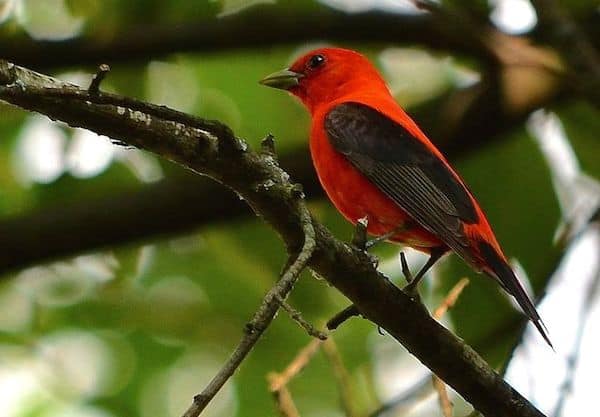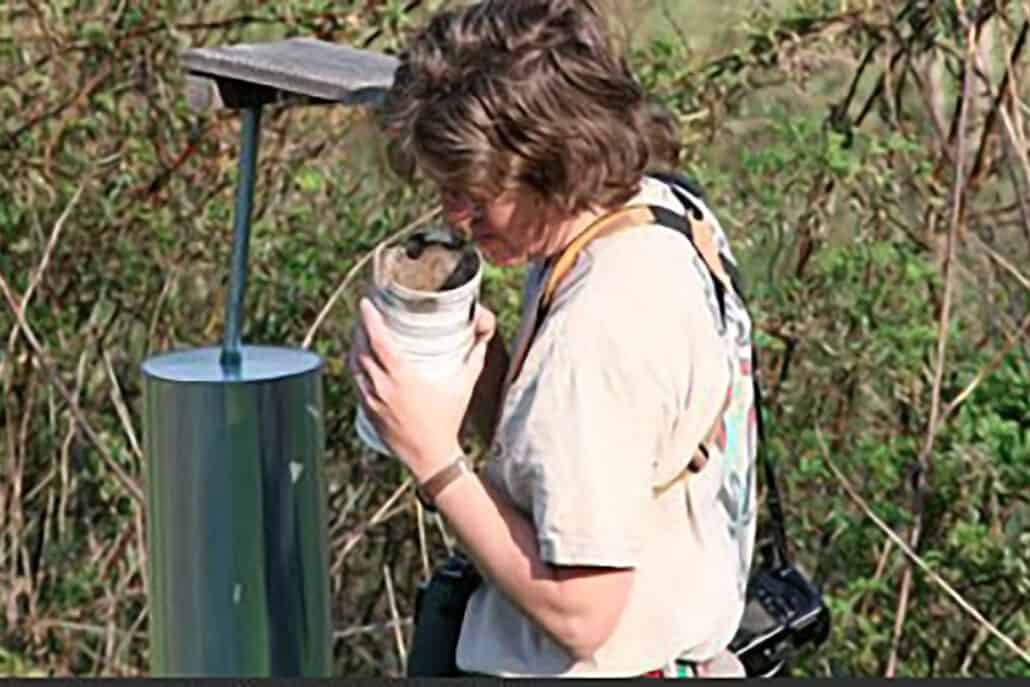Look for
The snail kite is a medium-sized hawk with a narrow, dramatically hooked bill with an orange base and black tip. It has broad wings and a squared-off tail with a band of white across the tip and base. It has reddish-brown eyes and orange legs. Males are a uniform dark bluish-gray, and female and juvenile snail kites have a streaked brown, yellow, and gray plumage with buff on the face.
Listen for
The snail kite isn’t a very vocal bird, but its call is low, grating cackle of krreh-keh-keh-keh.
Find it
In the United States, the snail kite can be found only in central and southern Florida. It lives in open, shallow water environments, especially sawgrass habitats. The snail kite can also be found in Cuba, and from southern Mexico south to Argentina. In these tropical environments, the species can also be found in wet agricultural fields. The snail kite does not migrate, but it is sometimes nomadic when searching for a suitable and sustainable feeding environment.
Diet
As its name implies, the snail kite feeds primarily on snails—particularly apple snails among the Florida population of kites. If there is a drought or if snail populations are low, the snail kite also may also feed on turtles, crabs, or rodents. The snail kite catches its prey by gliding over lakes or marshes and snatching snails with its feed from the water’s surface. It is often seen sitting on a perch, looking for snails before swooping down to catch them.
Nesting Behavior
The snail kite places its nest over water 3 to 10 feet above the ground in a shrub, small tree, or among marsh grasses. The male primarily constructs the nest, forming a large, bulky mass of twigs and sticks lined with leaves, weeds, and vies.
The female lays two to four eggs that are off-white with brown splotches. Both parents incubate the eggs for 26-38 days before hatching. Both parents care and feed the young for three to six weeks before one of the parents moves on. The remaining parent cares for the young until they reach an independent age of nine to eleven weeks old.




